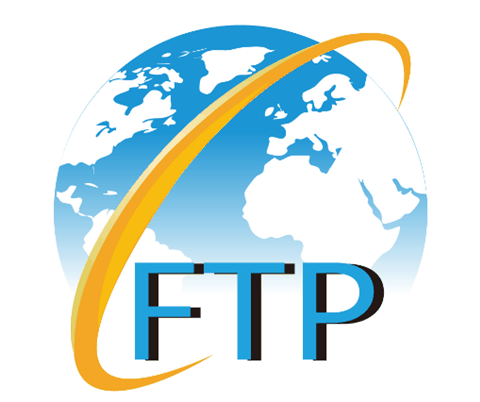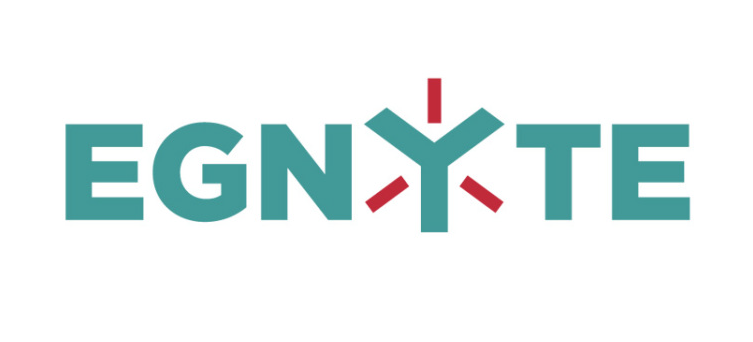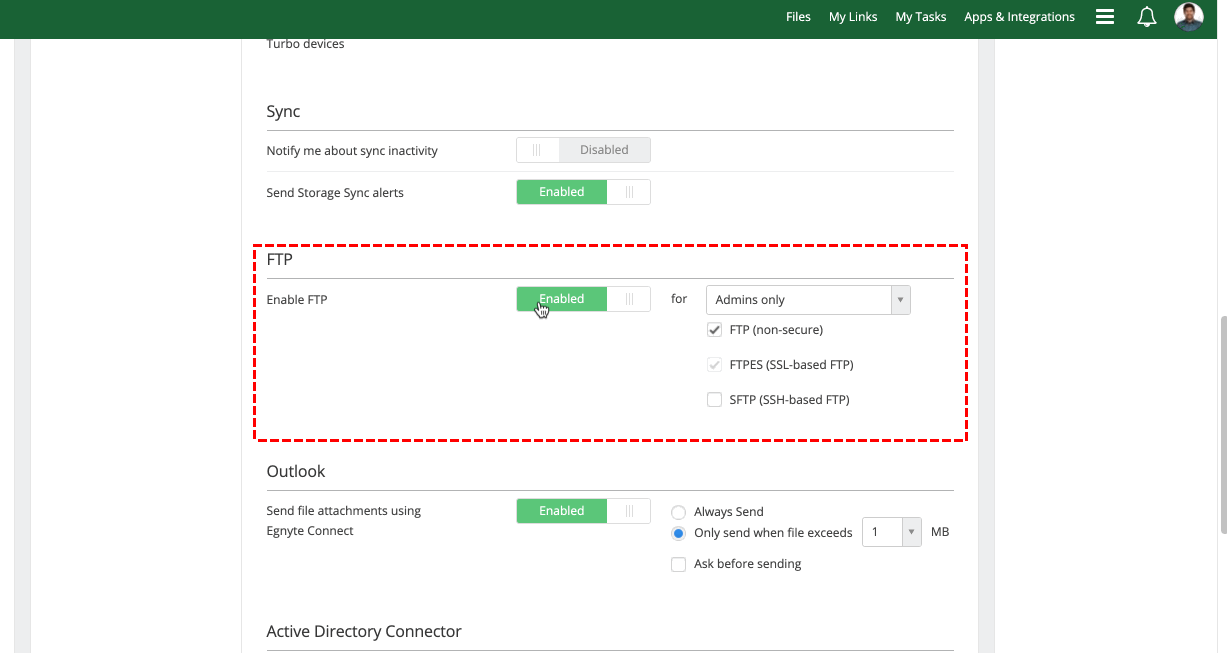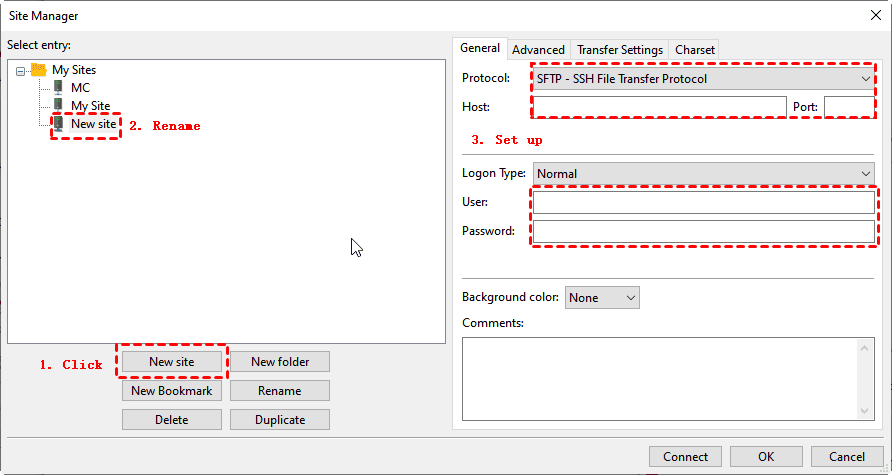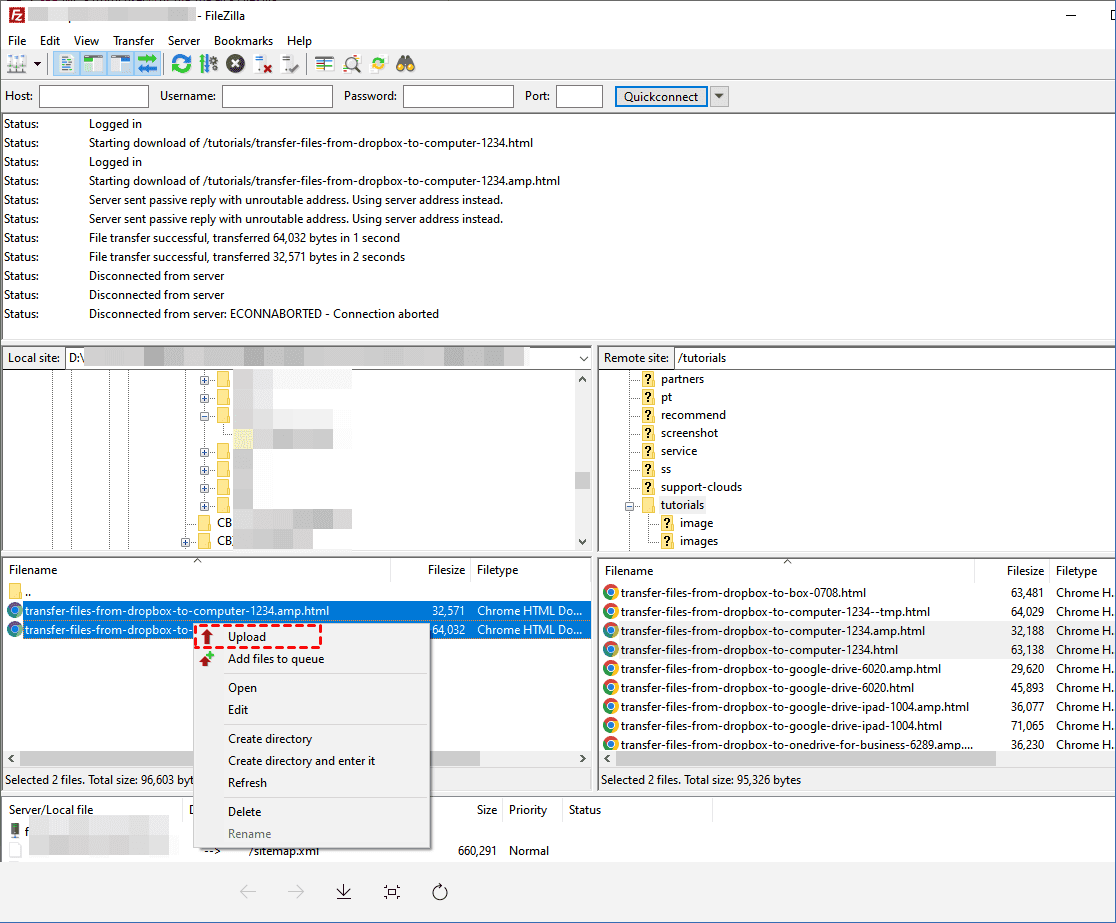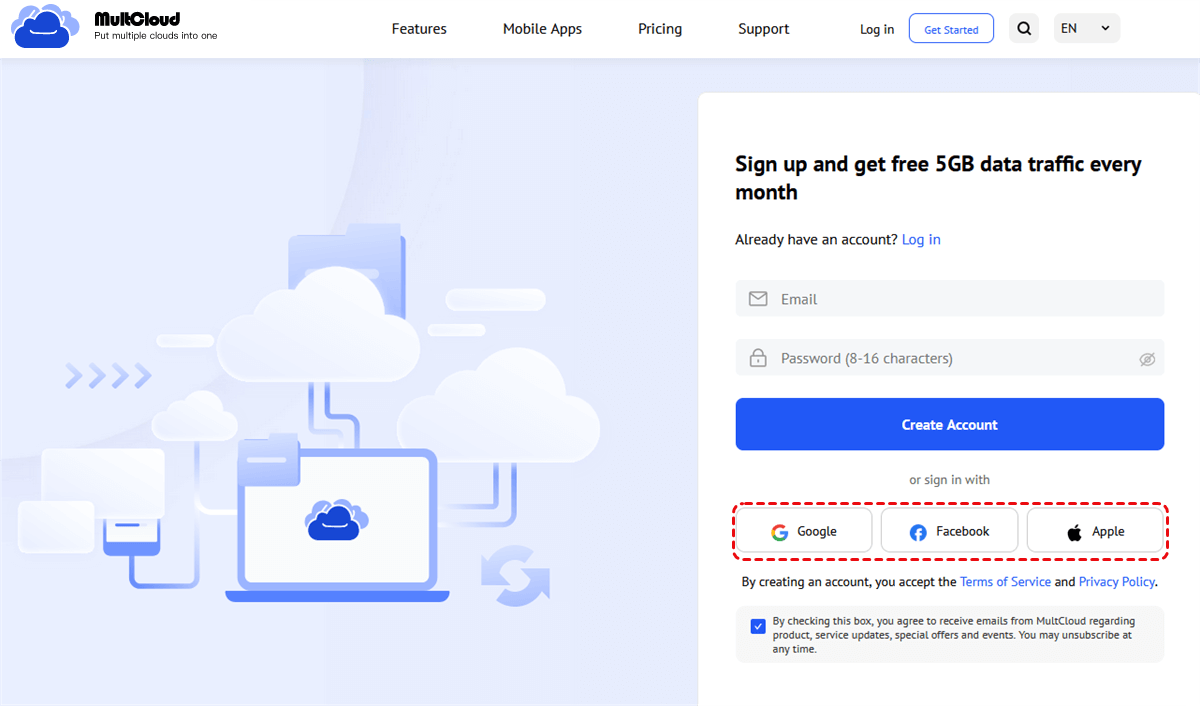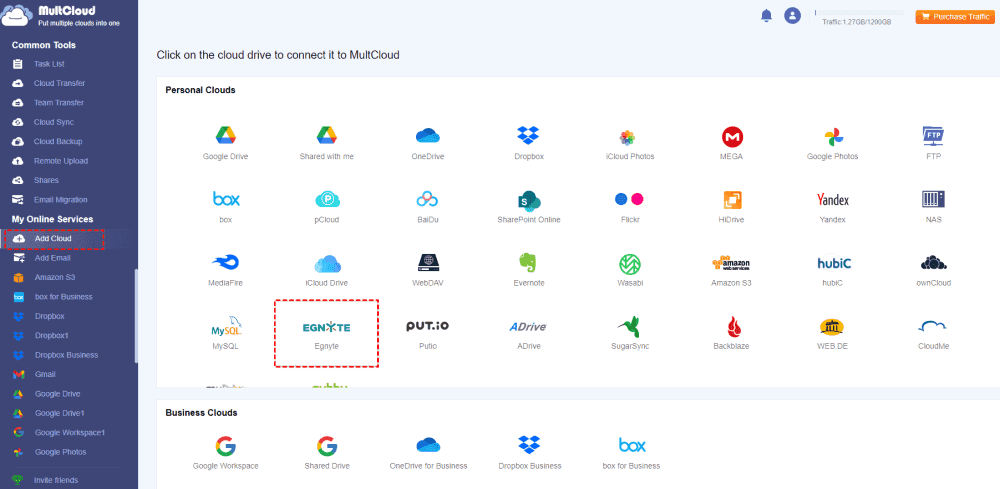Quick Search:
What is FTP?
Over a TCP-based network, such as the internet, files can be moved between hosts using the standard network protocol known as FTP, or File Transfer Protocol. FTP can be compared to a digital mailman that delivers your files to a designated online site. It's a dependable and user-friendly way to move big amounts of data, which is particularly helpful in work environments.
What is Egnyte?
Businesses can safely store, share, and manage information using Egnyte, a cloud-based platform for collaboration and file storage. It functions similarly to a digital warehouse for your company, allowing authorized individuals to access files at any time and from any location.
Key Features of Egnyte
- Security: To guarantee the safety of your files, use strong encryption.
- Collaboration: Facilitates smooth teamwork by enabling real-time file exchange and editing.
- Integration: Compatible with numerous apps, including Microsoft Office, Google Workspace, and many more.
- Customization: Offers tailored plans to fit businesses of all sizes.
Why Use FTP for Transferring Files to Egnyte?
So, why would you want to use FTP to upload files to Egnyte? There are a few reasons why FTP can be an ideal choice for some users and organizations.
Speed and Efficiency
FTP allows for faster transfers, especially with large files or folders. If you're transferring gigabytes of data, FTP will typically outperform traditional upload methods provided by cloud services like Egnyte’s web interface.
Ease of Use
Once set up, FTP is incredibly easy to use. You don’t need to constantly interact with a web interface or worry about time-consuming uploads via a browser. It’s a set-it-and-forget-it kind of system.
Compatibility
Most FTP clients support Egnyte, making it easier for users to connect with their storage on the go. Whether you're on Windows, macOS, or Linux, FTP can be set up to integrate seamlessly with Egnyte.
How to Set Up FTP for Egnyte Transfer
Before you can start transferring files using FTP, there are a few setup steps you need to follow to ensure everything is configured correctly.
Prerequisites
- An active Egnyte account with FTP access enabled.
- FTP client software (like FileZilla, Cyberduck, or WinSCP).
- The FTP credentials from your Egnyte account.
Part 1. Setting Up Egnyte for FTP Access
Step 1. Log in to your Egnyte admin dashboard.
Step 2. Navigate to Admin Settings > FTP Configuration.
Step 3. Enable FTP access for your account and generate FTP credentials (server address, username, password).
Step 4. Make a note of these details—they’ll be needed to connect your FTP client.
Note: You can also perform Egnyte SFTP setup here.
Part 2. FTP Client Setup
Step 1. Download and install your preferred FTP client.
Step 2. Open the FTP client and enter the following details:
- Host (Egnyte FTP server address)
- Username (Your FTP username from Egnyte)
- Password (The generated password for FTP)
Step 3. Save these settings so you can easily connect in the future.
Step-by-Step Guide to Transfer Files Using FTP to Egnyte
Once you’ve got everything set up, transferring files is easy.
Step 1. Connect to Egnyte FTP Server
Launch your FTP client, input your server, username, and password, and click "Connect". Your FTP client will link to the Egnyte server, and you should see your cloud storage folders in the client window.
Step 2. Select Files to Upload
In your local directory, find the files or folders you want to upload. Simply drag and drop them into the Egnyte directory shown in your FTP client.
Step 3. Initiate the Transfer
After selecting your files, click the "Upload" button. The FTP client will begin transferring your files to the Egnyte server.
Step 4. Monitor the Upload Process
Watch as the progress bar fills up. The transfer speed will depend on your internet connection and the file sizes. Most FTP clients also allow you to pause or resume transfers if needed.
Step 5. Verify the Transfer
Once the upload is complete, check your Egnyte account to verify that the files are successfully transferred. You can open files directly from Egnyte to ensure everything is in place.
Another Way to Perform FTP to Egnyte Remotely
Although transferring files to Egnyte directly with an FTP client is a common and efficient technique, there are situations when you might need a more flexible alternative, particularly if you're working remotely or on several devices. Presenting MultCloud, a cloud-to-cloud management solution that eliminates the need for an FTP client and enables file transfers across cloud providers like Egnyte. When you wish to manage file transfers remotely or simplify your cloud management, this approach is quite helpful.
Using MultCloud to transfer files to Egnyte remotely has several advantages:
- No program Installation Required: MultCloud is web-based, thus there is no program to install on your computer, in contrast to FTP clients.
- Cloud-to-Cloud Transfers: Without first downloading the files, you can move them straight between Egnyte and other cloud services. Time and bandwidth are saved in this way.
- Remote File Access: Whether you're working from home or on the go, you can access and move files to Egnyte from any location with an internet connection.
- Automated Transfers: To guarantee that your files are always current, MultCloud allows you to plan transfers or configure auto-syncs across cloud services.
This is a straightforward, step-by-step tutorial on using MultCloud to remotely move files from FTP to Egnyte.
Step 1. Create an account on MultCloud: Create a free account on the MultCloud website.
Step 2: Connect Your Egnyte Account: Click "Add Cloud" after logging in, then choose Egnyte from the list of services that are supported. You will be asked to grant MultCloud access to your files and log into your Egnyte account.
Optional: If you want to transfer files from other cloud services (like migrate Dropbox to Egnyte or Box to Egnyte), you can add them in the same way.
Step 3. Begin the File Transfer: Enter it after your Egnyte account is linked. Click "Upload", then choose the file or folders in your local you want to move. Click "Open".
Note: You can upload or drag files to move to Egnyte.
Conclusion
Using FTP to move files to Egnyte is a practical and efficient method of handling big data sets. You can easily and safely upload your files to the cloud for convenient access and collaboration by following the instructions in this guide.
To make your transfers even more seamless, make sure your FTP connection is set up correctly and utilize best practices such file compression. Happy uploading!
MultCloud Supports Clouds
-
Google Drive
-
Google Workspace
-
OneDrive
-
OneDrive for Business
-
SharePoint
-
Dropbox
-
Dropbox Business
-
MEGA
-
Google Photos
-
iCloud Photos
-
FTP
-
box
-
box for Business
-
pCloud
-
Baidu
-
Flickr
-
HiDrive
-
Yandex
-
NAS
-
WebDAV
-
MediaFire
-
iCloud Drive
-
WEB.DE
-
Evernote
-
Amazon S3
-
Wasabi
-
ownCloud
-
MySQL
-
Egnyte
-
Putio
-
ADrive
-
SugarSync
-
Backblaze
-
CloudMe
-
MyDrive
-
Cubby
